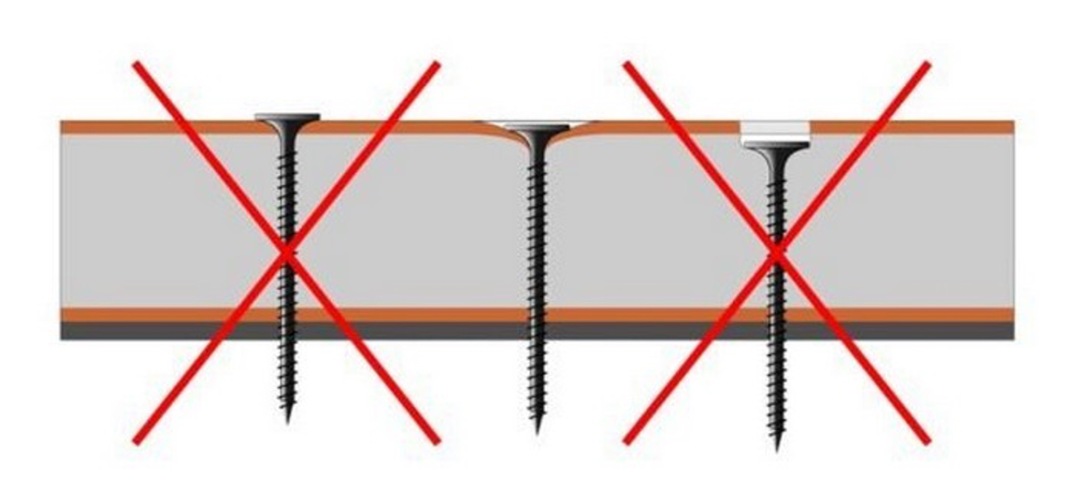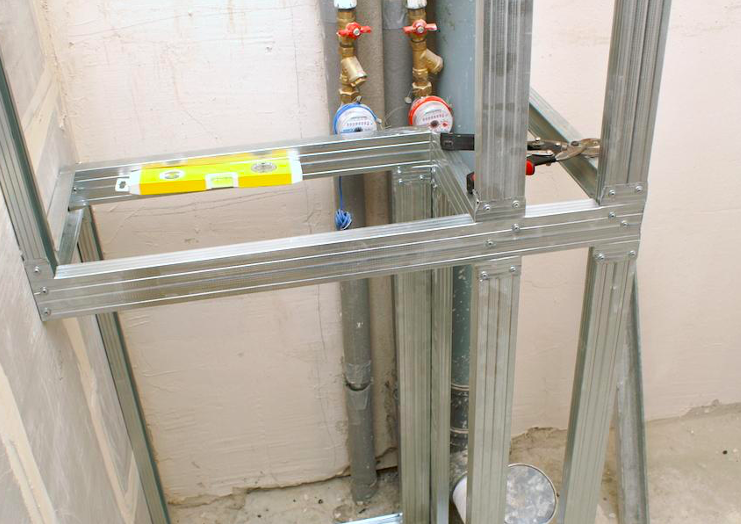Acceptance of an apartment in a new building is a mandatory stage, after which the parties sign the relevant act, and the buyer receives the keys from the developer. Statistics show that in 9 out of 10 cases, the future owner discovers several shortcomings, but most often they are insignificant. However, in any situation, the developer is obliged to eliminate them independently. How to correctly identify defects is described in detail in this material.
The content of the article
- Preparing for acceptance
-
Main stages of acceptance
- Entrance door
- Floor, ceiling and walls
- Window
- Ventilation
- Wiring
- Water supply system
- Signing the act
Preparing for acceptance
Before you come for an inspection, you need to mentally tune in and work out a plan on how to accept an apartment in a new building. Surely during the inspection, an employee of the developer company will hurry up, and if a problem is found, assure that it will be fixed “in the near future” or that it does not matter much.
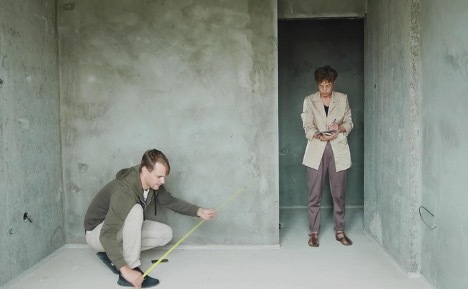
You need to understand what to look for when accepting an apartment. To do this, you should prepare several items in advance, with the help of which you can objectively assess the condition of both the premises itself and engineering communications:
- passport;
- DDU agreement;
- sheets of paper, pencil, pen and tablet;
- paper tape;
- white chalk;
- candle and lighter;
- any household appliance, for example, a smartphone charger (if available, you can take a tester);
- lamp with a conventional base;
- bright flashlight;
- construction roulette;
- level.
Main stages of acceptance
Acceptance of apartment renovation begins with a document check, which is best done in advance. It is preliminary recommended to study the acceptance certificate, as well as check the availability of such papers:
- an act confirming the fact of putting the house into operation;
- registration certificate of the building;
- explication of the apartment (a list of all rooms in the apartment with their characteristics, usually in the form of a table);
- cadastral passport.
To correctly figure out how to accept an apartment in a new building without finishing, it is best to schedule a visit in the morning or afternoon. Thanks to this, you can consider all the details and see the flaws if any. The main stages of verification are as follows.
Entrance door
Instructions on how to properly accept an apartment in a new building begin with checking the door. Need to test:
- how easily it closes (open and close several times at different speeds);
- performance of locks;
- fixing the handle (how tightly, does it stick);
- sealing gum (integral or not);
- door bell;
- peephole.
Floor, ceiling and walls
It is intuitively clear what to check when accepting an apartment in a new building. Since there is no finish, you need to make sure that the surface of the floor and walls is in good condition:
- no cracks;
- high degree of evenness;
- no moisture spots.
Particular attention should be paid to evenness. Permissible deviation (difference) - no more than 5 mm. The deviation of the wall surface in the vertical direction is a maximum of 15 mm. Floor and ceiling deviations (horizontal) - maximum 20 mm. As for doorways, the permissible deviation is a maximum of 10 mm. If you understand how to accept an apartment, it is quite possible to check the indicated values by taking a level with you.
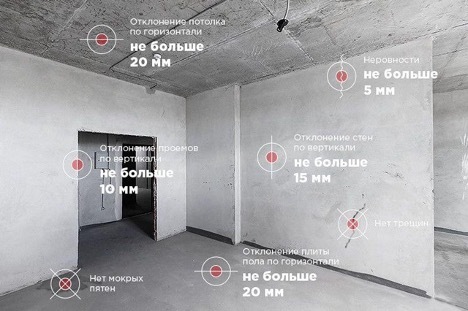
Window
Another thing to pay attention to when accepting an apartment is the windows. Quite often they have scratches, not only on the glass, but also on the frame. You should also check all the mechanisms - open and close the windows several times in different positions. The sashes should move freely relative to the frame, and it should be very easy to open the door, without “biting” the lock.
Outside, the developer is obliged to make a slope for water to drain. After a thorough inspection, you should understand how the acceptance of an apartment in a new building takes place in terms of window tightness. To do this, they are tightly closed and carried out with a burning lighter along the joints. The flame must not fluctuate. You can also pinch a sheet of paper between the doors - it should be very difficult to pull it out.
Ventilation
Another thing to check when accepting an apartment from the developer is ventilation. For this you need:
- Close all doors and windows.
- Leave only one sash at the window in the kitchen.
- Bring the lighter to the rod - the flame should slope towards the mine.
If the weather is warm and the apartment is on the top floor, the draft may not work, which is quite normal.
Wiring
You can accept an apartment in a new building only with serviceable wiring. If there are outlets, you can turn on any device you take with you. But most often they are not there, so it is recommended to turn off the general shield, and then click the "Test" button. If at the same time the machine turns off - everything is in order, there is voltage in the network.
Water supply system
It is also useful to figure out what to look for when accepting an apartment in terms of utilities. It is enough just to check the presence of water of normal pressure (both in the kitchen and in the bathroom). Next, it is worth writing down the data that the counters show, as well as checking their number with the passport data.
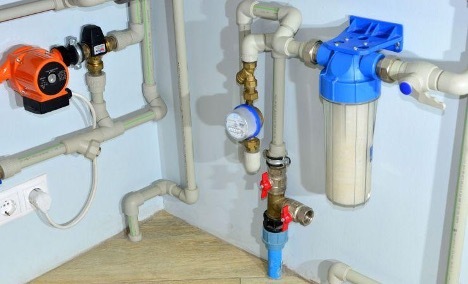
Additionally, you need to make sure that the pipes have taps, filters, plugs, and a pressure reducing valve. Under them should be perfectly dry - without drops.
Signing the act
Now it’s clear what to look for when accepting an apartment in a new building. After the end of the procedure, it is necessary to decide whether to sign the act or not. It should be noted that almost always (90%) individual defects are found - more often small, but there are also large defects. Further actions depend on this:
- If the shortcomings are significant, they require serious repairs, investment of money, it is better not to sign the act. It is necessary to fix defects in the photo, video, as well as in writing. The developer must eliminate such deviations within 60 days and only then hand over the keys for settlement.
- If the defects are not very significant, the act can be signed, but with a mandatory description of these shortcomings. For this, an additional document is drawn up - a defective statement (act). The developer must again eliminate all the disadvantages within a period not later than 60 days.
Checking an apartment in a new building is a very responsible event. A detailed inspection of even several rooms in a room can take 1 hour, which is quite normal. It is important to prepare the necessary tools in advance and draw up a checklist. All shortcomings should be recorded both in the photo and on paper.

